4health Grain Free All Life Stages Beef and Potato Formula Dry Dog Food
Want dependable nutrition for your dog? Check out the 4health Grain Free All Life Stages Beef and Potato Formula Dry Dog Food. Made with real beef and lots of vitamins and minerals, this dry dog food is a great choice for all breeds and sizes. The formula boasts omega fatty acids to help with skin and coat health, and it also features a whopping 400 mg/kg of glucosamine to help support your dog’s joints. Give your pet the energy and nutrition he/she needs by switching to 4health dry dog food today.
Want dependable nutrition for your dog? Check out the 4health Grain Free All Life Stages Beef and Potato Formula Dry Dog Food. Made with real beef and lots of vitamins and minerals, this dry dog food is a great choice for all breeds and sizes. The formula boasts omega fatty acids to help with skin and coat health, and it also features a whopping 400 mg/kg of glucosamine to help support your dog’s joints. Give your pet the energy and nutrition he/she needs by switching to 4health dry dog food today.
The facility in which this dog food is made also makes food that may contain other ingredients, such as grains; trace amounts of these other ingredients may be present
- DEPENDABLE NUTRITION: 4health is manufactured following rigorous quality-control processes and contains carefully selected ingredients.
- TAURINE: Taurine-fortified to help support a healthy heart.
- GLUCOSAMINE: Contains 400 mg/kg of glucosamine to support joint health.
- GUARANTEED PROBIOTICS: Each cup of food provides live, active cultures to support healthy digestive and immune systems, and help your dog maintain an active lifestyle.
- SKIN AND COAT: A blend of omega-6 and omega-3 fatty acids helps keep the skin and coat healthy and shiny.
- ANTIOXIDANT FORMULATION: Contains guaranteed levels of zinc, selenium and vitamin E for immune-supporting antioxidant nutrition.
- AAFCO STATEMENT: 4health Grain Free Formulation Beef & Potato Formula for Adult Dogs is formulated to meet the nutritional levels established by the AAFCO Dog Food Nutrient Profiles for maintenance.
Additional information
| Country of Origin | Made in USA |
|---|---|
| Breed Size | Extra Small, Small, Medium, Large, Extra Large |
| Flavor | Beef and Potato |
| Health Features | Heart Health, Immune System Support, Digestion Support, Oral Health, Skin & Coat Health |
| Life Stage | All Life Stages |
| Primary Flavor | Potato, Beef |
| Special Diets | Wheat Free, All Natural, Probiotics, Soy Free, Grain Free, Nutrient Enriched, Corn Free |
| Manufacturer Part Number | 9817 |

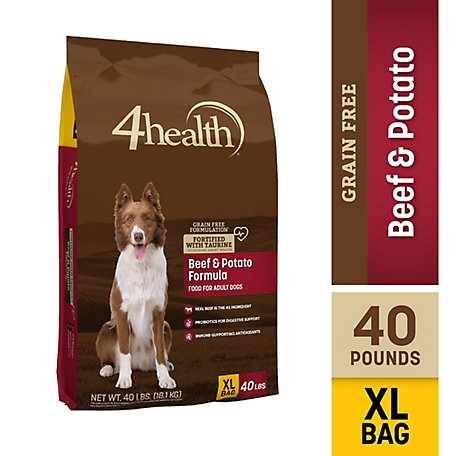

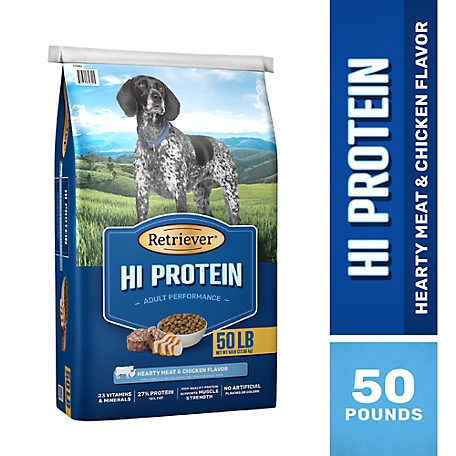
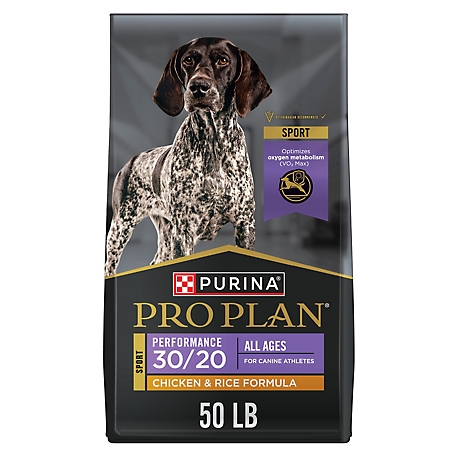
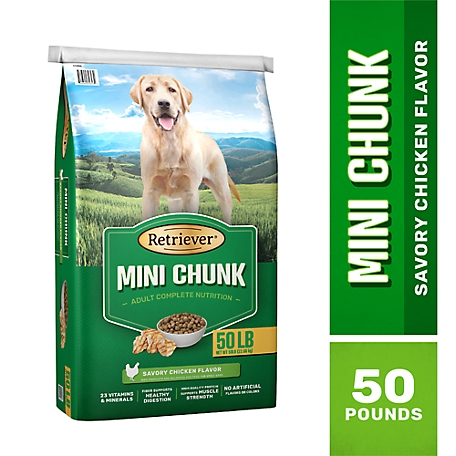
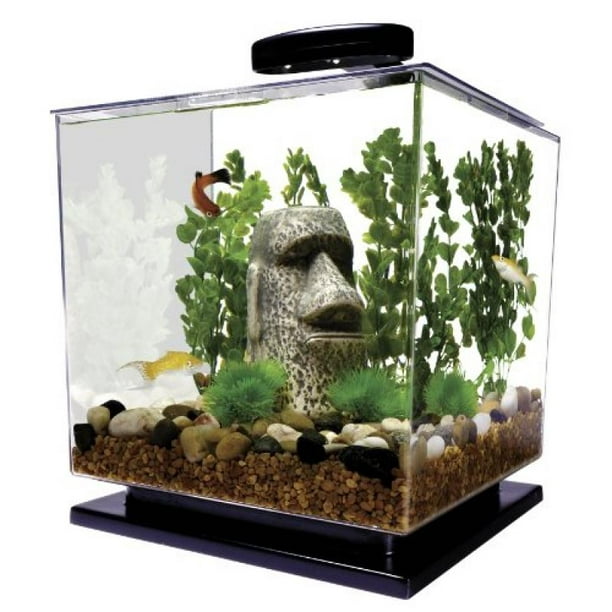
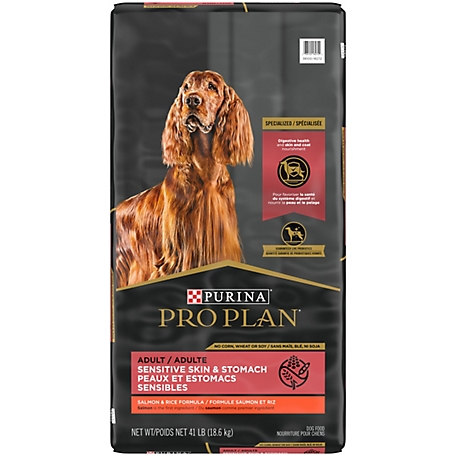
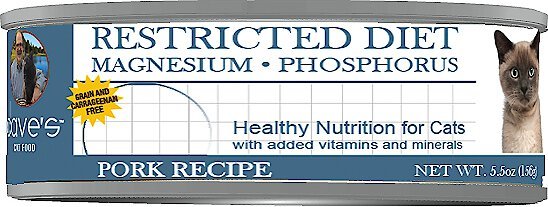
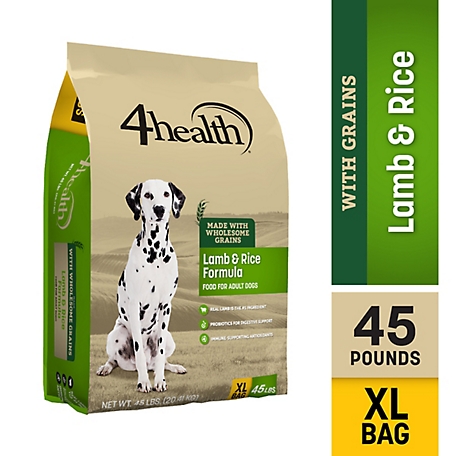


by Koda
My dogs do like this, the larger chunks are a plus too. Seems to be easily digested and absorbed with little wasted undigested. A bit pricey for store brand grain free dog food though.
by Mike
Same ingredients as “Blue” at almost 1/2 the price.
by Faith
Expensive but digs like it.
by Bonnie
This dog food keep my dogs stomachs calm.
by Folly
Both my dogs love this food.